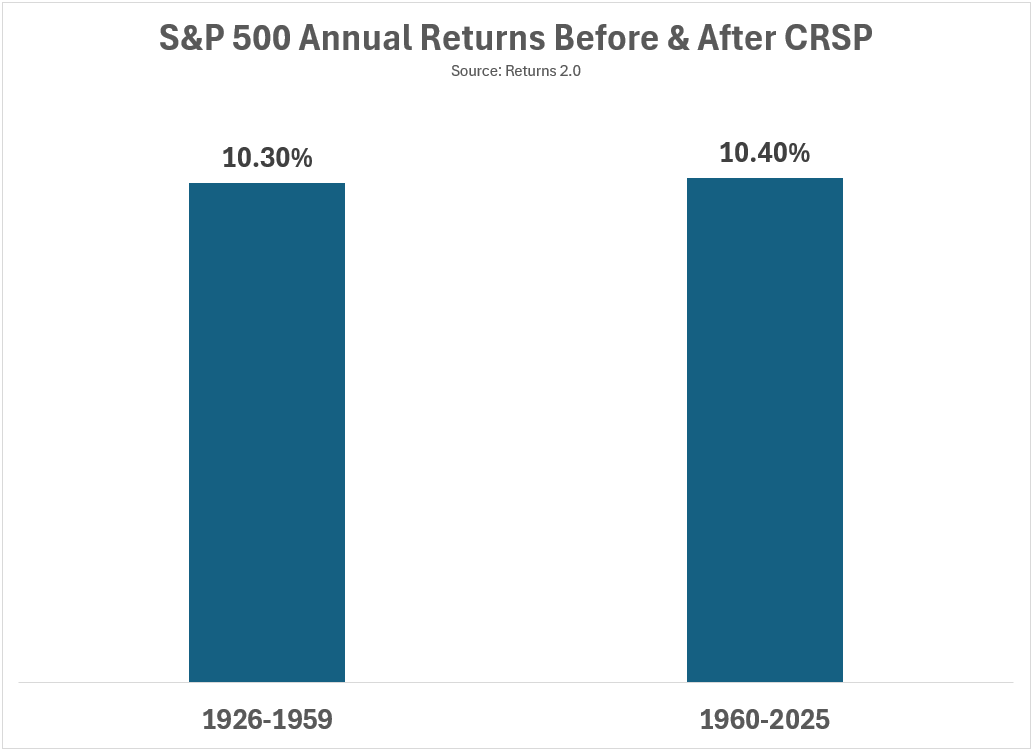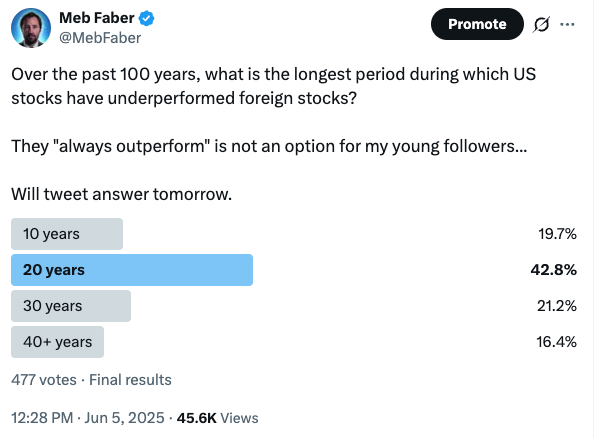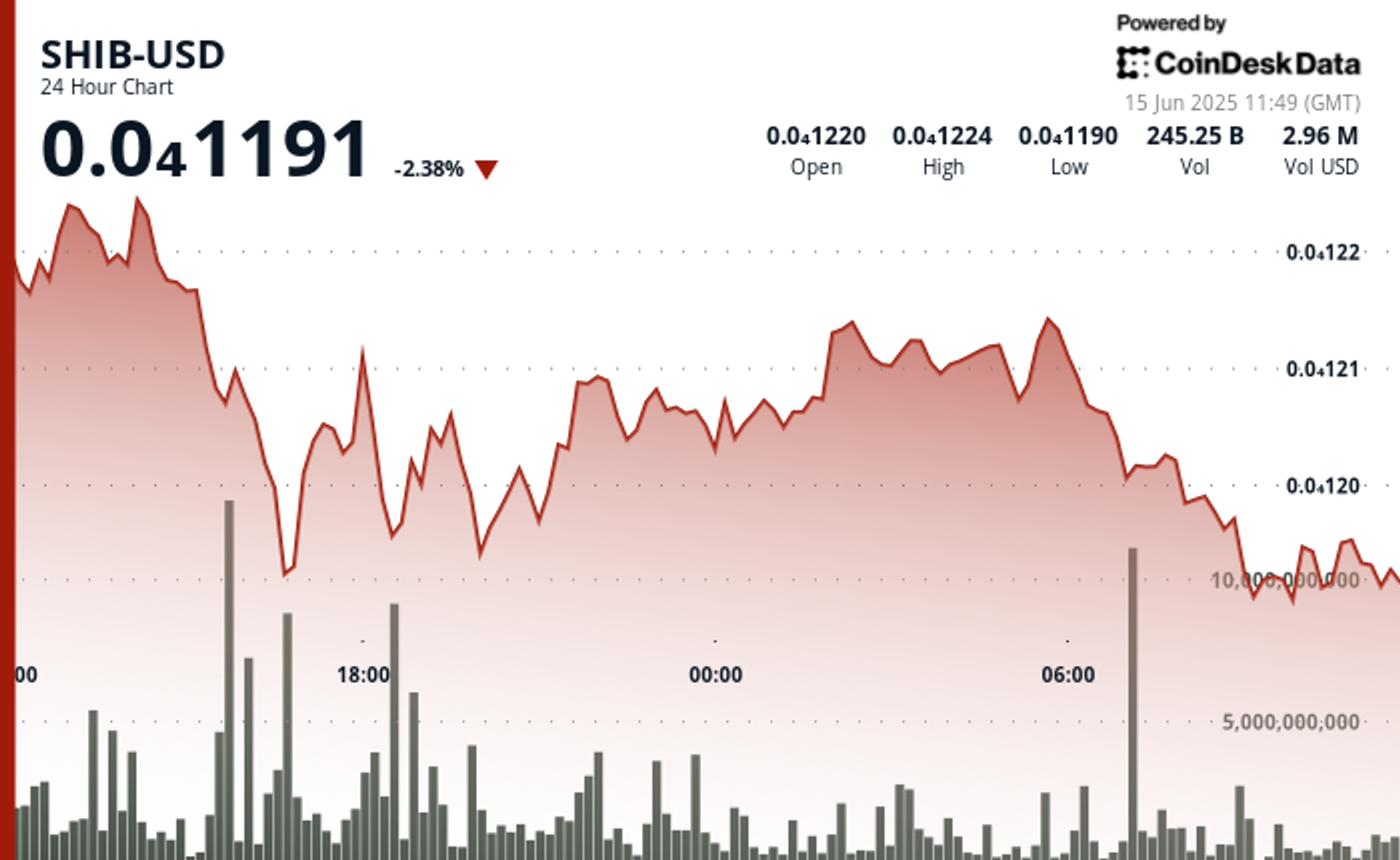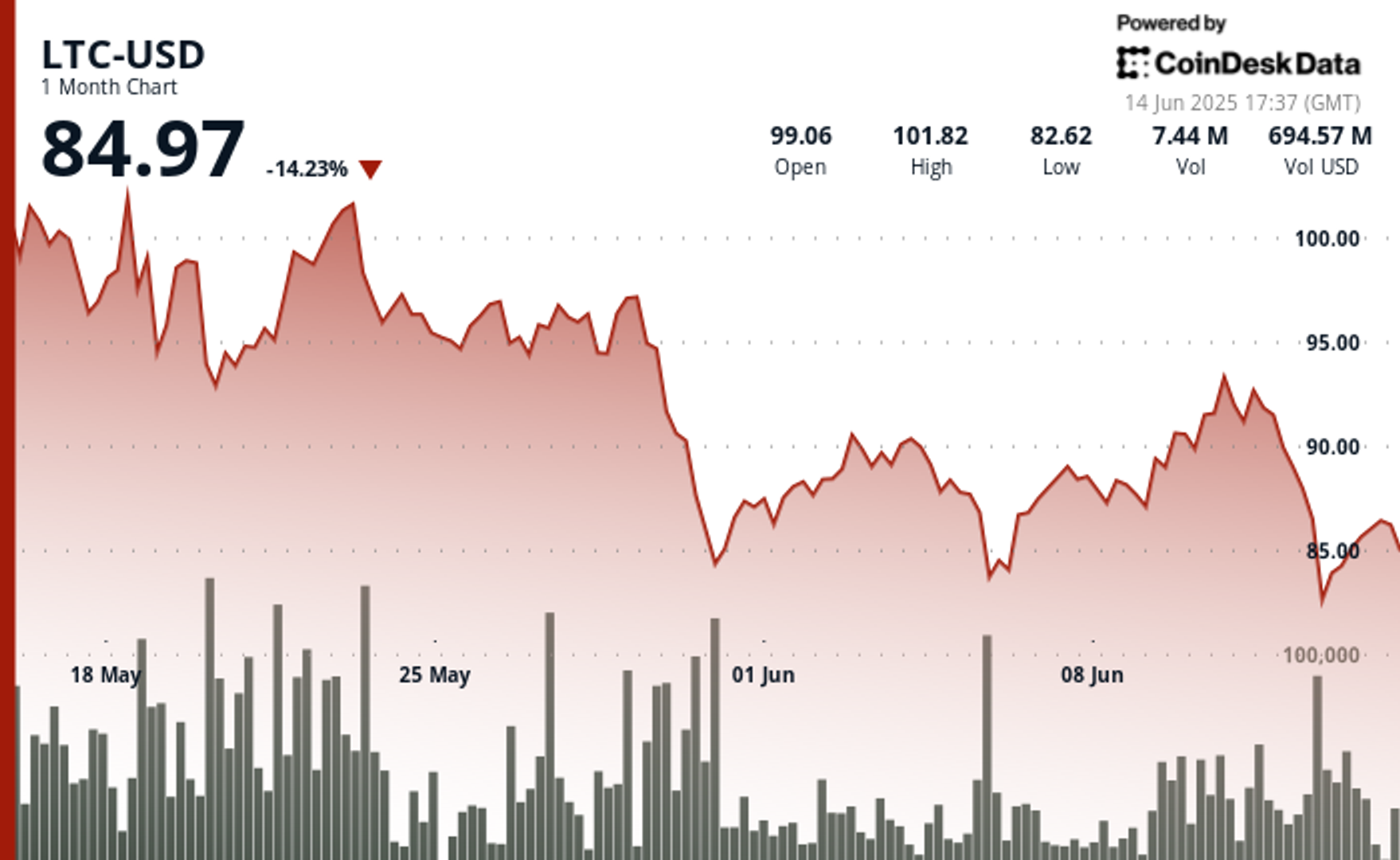The Quirky World of Store Credit Cards: Are They Worth It and How to Maximize Them?
In the world of credit cards, most people focus on the choice between cash back and a travel card. The good news is that both of these can offer you some fantastic benefits. However, a third option, the store-branded credit card, is still available, offering big discounts and promises of future rewards to entice you […] The post The Quirky World of Store Credit Cards: Are They Worth It and How to Maximize Them? appeared first on 24/7 Wall St..

In the world of credit cards, most people focus on the choice between cash back and a travel card. The good news is that both of these can offer you some fantastic benefits. However, a third option, the store-branded credit card, is still available, offering big discounts and promises of future rewards to entice you to sign up.
The concept of a store-branded credit card can be highly effective for specific individuals.
There is also a scenario where you can get into trouble with store-branded credit cards.
The hope is that you find a store-branded credit card that offers a discount, all while paying it off every month.
Did you know some credit cards can actually help you get OUT of debt faster? The secret: using a card with a ‘0% Intro APR‘ period (not all do, but these ones are top picks from the editors at FinanceBuzz). The math is straight forward, and can save you hundreds, thousands, even tens of thousands of dollars if used correctly. Find the right card for you by clicking here.
Key Points
The primary reason most people don’t apply for a store-branded credit card is that it can quickly lead to trouble. These cards are notorious for having high APRs, which has caused millions of people go into debt in a few short months. The last thing anyone should want is another credit card they have to be responsible for but are unable to pay off regularly.
The Benefits
If you are anything like me, you can instantly see some of the benefits of a store-branded credit card. A great example is the Target Red Card. One of the more famous store-branded cards, this card offers you 5% off every purchase. This is hard to ignore, especially if you are someone like me who shops at Target every weekend, so I’m earning hundreds back every year.
It’s hard to ignore this kind of discount on every purchase. While Kohl’s doesn’t offer a similar discount with every purchase, there are almost always coupons available exclusively to cardholders. These are prime examples of why store-branded credit cards are popular. If a customer thinks they are saving money with every purchase, they will be more inclined to apply.
While store-branded credit cards can hurt your credit, they can also help. The key is that you have to pay it off every month. If you can and do, there is no question that it will help your credit score long term.
The Downsides
The spotlight on store-branded credit cards is almost always negative, with a few notable exceptions. At the very top of the list is the high APR or annual percentage rate. With a store-branded card, not paying off your balance on time each month can be pretty challenging. In many cases, the APR on store-branded cards can average 30%, which means if you owe $100 in January, by February, you owe $130.
Another potential downside is that these credit card types have a low limit. Unlike a cash-back card that may offer a $10,000 limit, a store-branded credit card typically provides a lower limit, such as $500 or $1,000. This should be a positive, as it means you can only spend less. However, for most people, the lower credit limit makes it more enticing to spend, which in turn means more debt.
Lastly, store-branded credit cards are understandably limited in their use. With my Target Red Card, Target is the only place I can use it. Unlike traditional Visa, MasterCard, or Discover cards, store-branded cards can only be used where they are issued. This means that if you don’t shop somewhere frequently, a card is likely to be sitting in your wallet.
Best Use Cases
My Target example is a prime example of when a store-branded card can make a lot of sense. I can say, and have the screenshots to back it up, that my family has saved over $1,000 in the last five years. This can tell you how much we spend at Target, but the 5% discount is no joke. If I have to choose between buying at Target and somewhere else, I will always select Target.
The Amazon store card is another great example of a use case. If you’re a frequent Amazon shopper, you’ll earn 5% cash back on every purchase. This can lead to hundreds, if not thousands, in rewards per year, depending on how much you spend. Better yet, Amazon regularly rewards cardholders with other discounts and promotions throughout the year.
Questions to Ask Yourself
Before taking any action, ask yourself if you really need a store-branded credit card. If you shop at places like Target or Amazon regularly, the rewards and savings can be big, but only if you shop there regularly. You also have to ask yourself if you really need another credit card. If you already have 5 or 10 in your wallet, the answer is probably no.
Another consideration is whether you plan to shop somewhere long-term. If you only shop at Old Navy once or twice a year, a store-branded credit card may not be worth applying for. Lastly, consider how much you are earning with a cash back card and whether, in the end, you will make more with this card than with the discounts you might receive from a single purchase.
The post The Quirky World of Store Credit Cards: Are They Worth It and How to Maximize Them? appeared first on 24/7 Wall St..











































































































































































